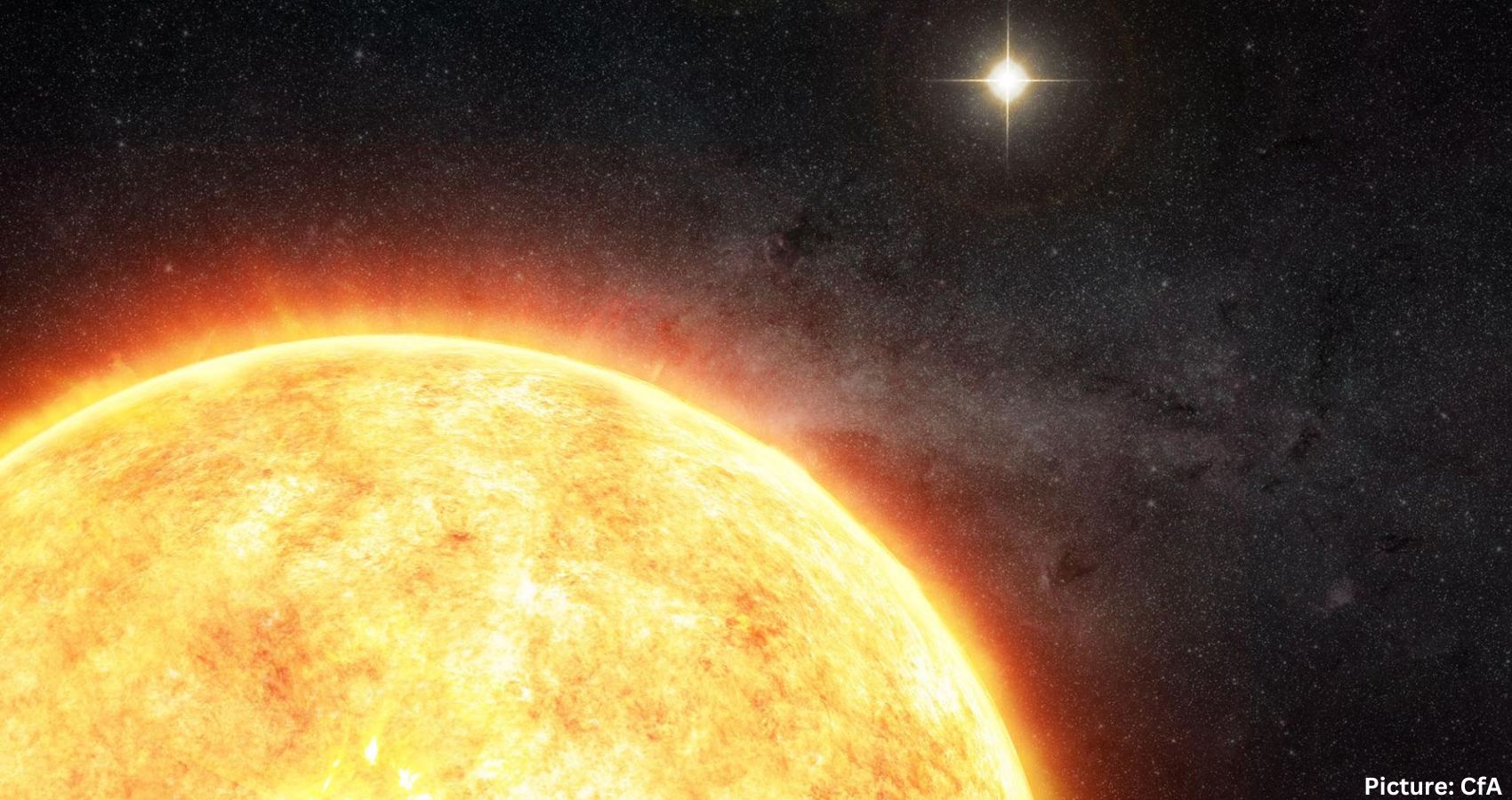The precise genesis of life on our planet remains a profound mystery, with numerous uncertainties surrounding its how, where, and why. The lack of a universally accepted definition for “life” exacerbates this challenge. While most life forms are unmistakably alive, the study of life’s origins necessitates an exploration of a process that transforms non-living matter into living entities, blurring the delineation between mere chemical reactions and the emergence of vitality.
To delve into the origins of life, it becomes imperative to establish a basic working definition of life. Life, in essence, is defined as that which undergoes Darwinian evolution. This entails the experience of natural selection, wherein traits conducive to survival and reproduction are perpetuated across generations, while those less advantageous are discarded or carried along without significance.
Earth stands as the sole known site in the universe where Darwinian evolution operates. To thrive under evolutionary pressures and distinguish itself from mere chemical processes, life must fulfill three fundamental criteria.
Firstly, life must possess the capacity to store information, encompassing the encoding of various processes, traits, and chracteristics essential for survival and reproduction.
Secondly, life must exhibit self-replication, enabling the faithful reproduction of its molecular structure to perpetuate its encoded information across successive generations.
Lastly, life must catalyze reactions within its environment, facilitating functions such as movement, energy acquisition, growth, and other vital activities.
Through the interplay of information storage, self-replication, and catalytic reactions, life evolves, gradually advancing in complexity and specialization over vast expanses of time, culminating in conscious beings capable of contemplating their own origins.
In the modern era, life on Earth has evolved an intricate array of chemical and molecular mechanisms to propagate itself. DNA, RNA, and proteins constitute the triad of molecular tools fundamental to life’s functioning and evolution.
DNA serves as the primary repository of genetic information, utilizing combinations of four molecules—adenine, guanine, cytosine, and thymine—to encode vast amounts of data. The information density of DNA rivals that of digital systems, far surpassing natural languages in efficiency.
RNA, akin to DNA but with subtle distinctions such as uracil substitution for thymine and the presence of ribose sugar, acts as an intermediary in gene expression, translating genetic instructions from DNA to synthesize proteins.
Proteins, encompassing a diverse array of molecular machines, undertake a multitude of tasks vital for life, including molecular manipulation, structural support, energy transformation, and DNA replication. Crucially, proteins facilitate the unraveling of DNA and the faithful reproduction of its genetic code, thereby perpetuating the cycle of life and enabling evolutionary adaptation.
The intricate interdependence of DNA, RNA, and proteins underscores the complexity of life’s molecular machinery, a product of billions of years of evolutionary refinement. This interconnectivity precludes the spontaneous emergence of life from primordial conditions, as the absence of any component would disrupt the entire system, akin to a three-legged table collapsing without one leg.
Thequest to unravel the origins of life on Earth remains a compelling scientific endeavor, necessitating a nuanced understanding of life’s defining characteristics and the intricate molecular mechanisms underlying its evolution.
https://www.universetoday.com/165381/the-improbable-origins-of-life-on-earth/#google_vignette

